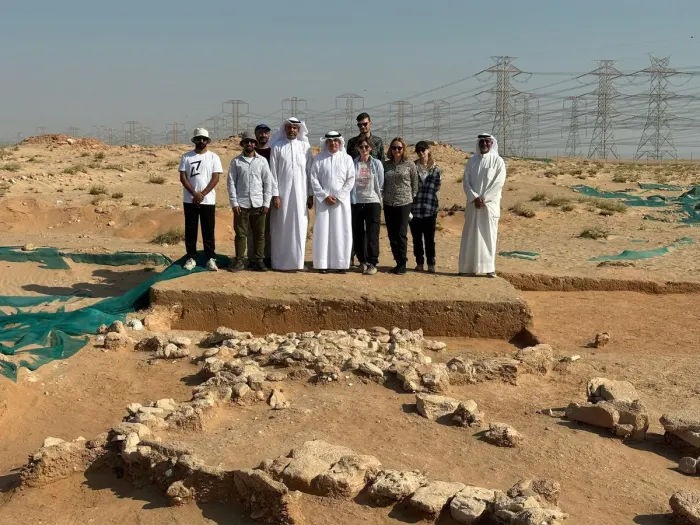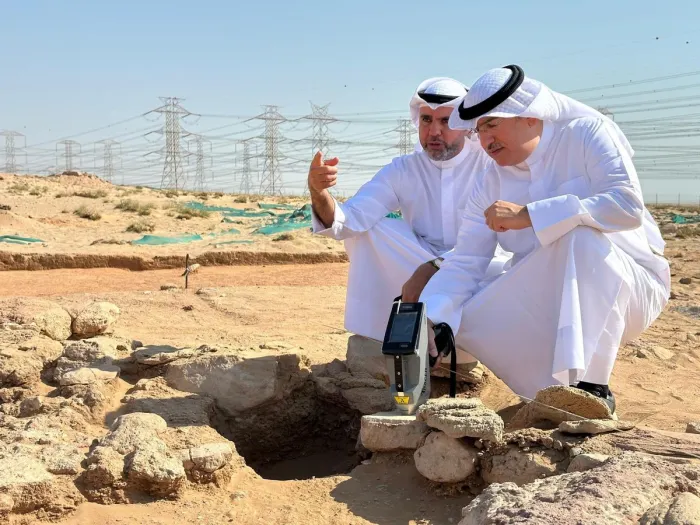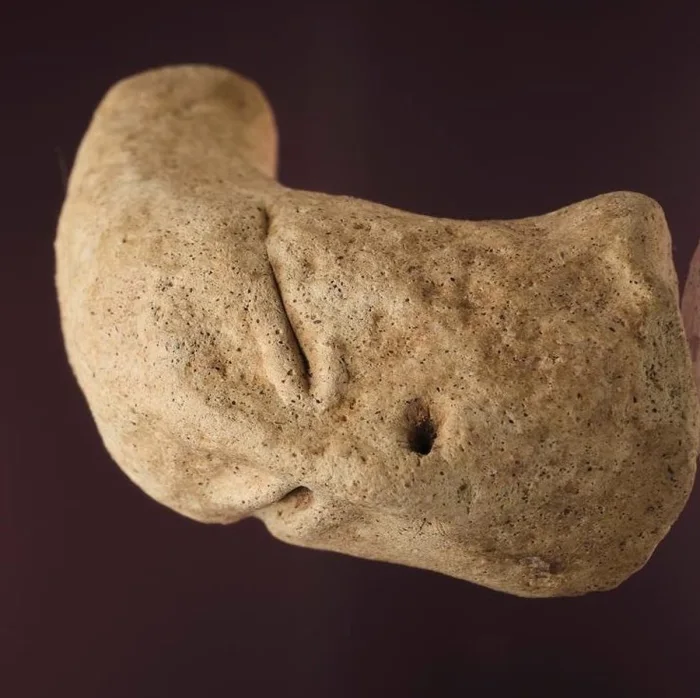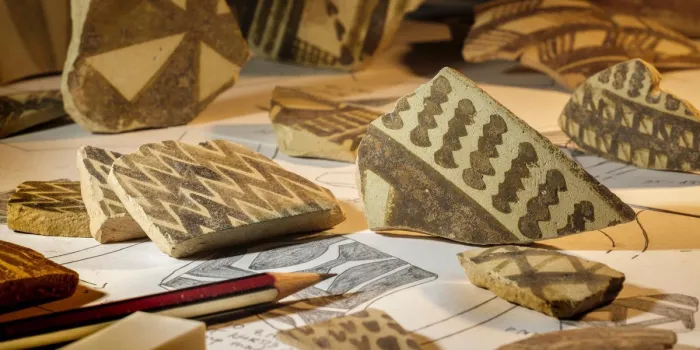17/11/2024
17/11/2024




KUWAIT CITY, Nov 17: A Kuwaiti-Polish archaeological mission has made significant discoveries at the prehistoric Bahra 1 settlement in Kuwait’s Subiya desert, including what appears to be a 7,700-year-old jewelry workshop and a rare clay human head figurine. Mohammad bin Redha, Assistant Secretary General for Antiquities and Museums at the National Council for Culture, Arts and Letters (NCCAL), announced on Sunday that the team uncovered a courtyard or workshop area likely used for crafting shell ornaments dating back to the Ubaid culture. The site has also yielded numerous pottery items over 7,000 years old. Dr. Hassan Ashkanani, Professor of Archaeology and Anthropology at Kuwait University, highlighted the discovery of a small clay human head as one of the season’s most impressive finds.
Dating back to 7700-7500 years ago, the figurine features an oblong skull, slanted eyes, and a flat nose, characteristics typical of Ubaid culture statues. Professor Piotr Bielinski, co-director of the Kuwaiti-Polish mission, emphasized the significance of these artifacts in raising questions about their purpose and symbolic value in ancient society. The excavation has also provided evidence of local pottery production, with the discovery of unfired clay pottery. This finding, along with scientific analyses supervised by Professor Anna Smogorzewska, suggests that Bahra 1 may be the oldest known site for pottery production in the Gulf region. The Bahra 1 site, dating back over 5700 years, is recognized as the oldest and largest known settlement from the Ubaid period in the Arabian Peninsula. The ongoing excavations, a collaboration between Kuwait’s National Council for Culture and the Polish Center for Mediterranean Archaeology at the University of Warsaw, continue to shed light on the rich prehistoric heritage of the region. (KUNA)


